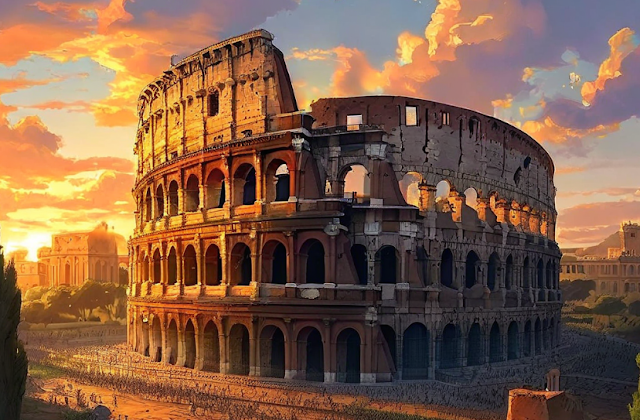When we think of ancient Rome, the mighty Colosseum instantly comes to mind. But exactly how old is the Colosseum? Let's journey through time and reveal the fascinating history behind one of the world’s most iconic structures.

📜 The Birth of the Colosseum: A Gift to the Roman People
The Colosseum, also known as the Flavian Amphitheatre, began construction in 70 AD under Emperor Vespasian. It was later completed in 80 AD by his son, Emperor Titus, with final touches added during the reign of Emperor Domitian.
This means that the Colosseum is nearly 2,000 years old — a staggering testament to Roman engineering! Built on the site of Emperor Nero’s former palace, the Colosseum was a grand symbol of Rome’s shift from tyranny to a republic that honored its people.
🏗️ How Long Did It Take to Build the Colosseum?
The construction of the Colosseum took roughly a decade. It was a massive project requiring thousands of workers, including skilled Roman engineers, artisans, and slaves.
Interestingly, the Colosseum was built with a combination of travertine limestone, volcanic rock, and concrete — materials that have helped it withstand the test of time.
🎟️ What Was the Purpose of the Colosseum?
Once completed, the Colosseum became the epicenter of Roman entertainment. It could seat between 50,000 to 80,000 spectators who came to witness:
-
Gladiator battles
-
Wild animal hunts
-
Mock naval battles
-
Public executions
-
Dramatic reenactments
These grand spectacles showcased the might and wealth of the Roman Empire, solidifying the Colosseum's place in history.
⌛ The Colosseum Through the Centuries
Though the Colosseum has endured earthquakes, stone robbers, and even bombings during World War II, it remains a powerful symbol of resilience. Restoration efforts have kept its spirit alive, attracting millions of tourists every year.
Today, at nearly 2,000 years old, the Colosseum continues to tell the story of Rome’s glorious and tumultuous past.
🏺 Final Thoughts: The Colosseum is Timeless
So, how old is the Colosseum? Officially, it's around 1,945 years old as of 2025. But its grandeur feels eternal, as fresh and awe-inspiring today as it must have been to the Romans nearly two millennia ago.
If you ever get a chance to stand within its towering arches, you'll not just be visiting a site — you’ll be stepping into history itself.
